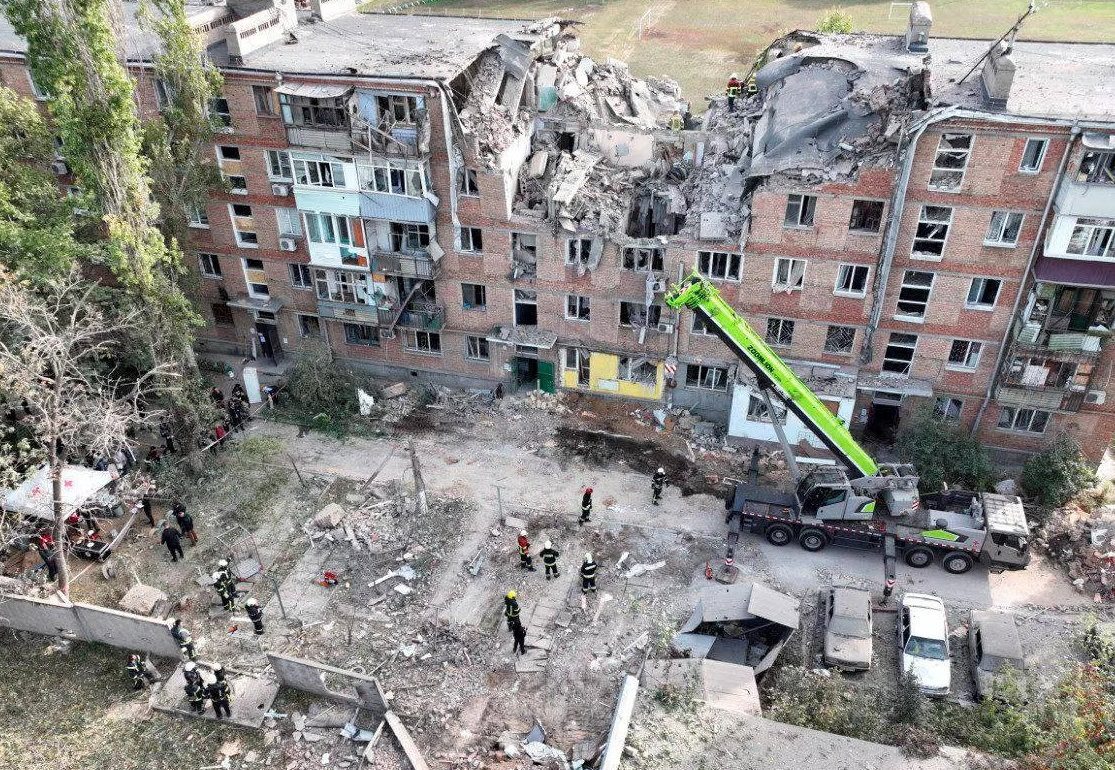KYIV/MIKOLAYIV, October 19 – Several residents of the Russian-held city of Kherson were seen exiting by boat on Wednesday ever since Moscow-installed officials told them it was unsafe and that they were relocating their own personnel in the face of an impending Ukrainian assault.
Russian state television broadcast images of people fleeing, portraying the exodus from the right to left bank of the Rover Dnipro as a deliberate attempt to clear the city of civilians before it became a combat zone.
Kirill Stremousov, vice head of the local Russia-backed administration, issued a video plea after Russian forces in the area were pushed back by 20-30 kilometers (13-20 miles) in recent weeks. They threat being pinned against the western bank of Ukraine’s 2,200-kilometer-long (1367-mile-long) Dnipro river.
Later on Wednesday, Russian President Vladimir Putin was scheduled to hold a Security Council meeting, as well as the Federation Council, Russia’s upper house of parliament, in what could be a sign of a policy shift.
The director of Ukrainian president’s office, Andriy Yermak, accused Russia of staging a propaganda show in Kherson. “The Russians are attempting to scare the people of Kherson with fake newsletters about our army shelling the city, as well as prepare a propaganda exhibition with evacuation,” Yermak wrote on the Telegram messaging app.
After routing Russian forces in some areas, Ukraine is waging significant counter-offensives in the east as well as south to try to capture as much territory as possible before winter.
Kherson is the largest population center seized and held by Moscow since the start of its “special military campaign” in Ukraine on February 24.
The city is located on territory that President Vladimir Putin claims has been integrated into Russia, a move that Ukraine and the West oppose.
Thousands have been killed, millions have been displaced, Ukrainian cities have been razed, the global economy has been rocked, and Cold War-era geopolitical rifts have resurfaced.
Stremousov warned that Ukrainian forces could shell Kherson, particularly its right bank, and that residents who fled would be accommodated within Russia. “I request that you take my words seriously and perceive them as a call to exit as soon as possible,” he said.
“We do not intend to surrender the city; we will fight until the end.”
Stremousov’s boss, the Russian-installed chief of Kherson region, said 50,000 to 60,000 persons would be evacuated in the next six days.
Kherson had pre-war inhabitants of around 280,000 people, of which many have since fled.
“The Ukrainian side is preparing for a large-scale counterattack,” said Vladimir Saldo, a state TV official.
“There is no venue for civilians where the military operates.” Saldo, who claimed Russia has the resources to hold Kherson or even launch a counter-attack if necessary, also announced a seven-day ban on civilians entering the region.
Staff from Kherson’s Russian-backed administration also were relocated to the Dnipro’s left bank, he said.
RUSSIA VIEWS THE SITUATION AS ‘DIFFICULT’
The evacuation orders came after General Sergei Surovikin, the new chief of Russian forces in Ukraine, gave a pessimistic evaluation of Russia’s prospects in the region.
“The predicament in the area of the ‘Special Military Operation’ is tense,” Surovikin told the state-run Rossiya 24 news channel. “The predicament in this area (Kherson) is challenging. The enemy is targeting infrastructure as well as residential buildings on purpose.”
Vladimir Rogov, a part of the Russian-installed council governing Zaporizhzhia, another southern region, said Ukraine’s forces had increased shelling of Russian-held Enerhodar overnight. There are many staff members of the Zaporizhzhia nuclear power plant who live there.
On Wednesday, he said on the Telegram messaging app that artillery shells had hit the town’s outskirts and that there had been 10 strikes near a thermal power station.
Dmytro Orlov, the mayor of Enerhodar recognized by Ukraine, accused Russia for the shelling.
“The shelling, initially of the industrial zone, and then of the city itself, started around midnight and didn’t stop until the morning,” he wrote on Telegram.
Rafael Grossi, the head of the International Atomic Energy Agency, said he expected to return to Ukraine soon to negotiate the establishment of a protected zone around the Zaporizhzhia facility, Europe’s biggest nuclear power station.
The plant is located in one of the four Ukrainian regions that Russia has declared annexed but only partially occupies. The other three are Kherson, as well as the eastern border provinces of Donetsk and Luhansk, known collectively as Donbas.
Putin declared them Russian regions in September after orchestrating what Moscow called referendums, which Kyiv and Western governments condemned as illegal and coercive.
The Ukrainian military said on Wednesday that Russian forces had launched cruise, aviation, and anti-aircraft missile attacks across several regions, including Kyiv as well as Zaporizhzhia, in the previous 24 hours.
“In addition,” it said, “the occupiers utilized 14 Iranian-made Shahed-136 autonomous aerial vehicles, 10 of which were shot down.”
Although both Ukraine and Russia have denied attacks on civilians, Ukraine and United Nations officials have alleged Russia’s forces of war crimes.









